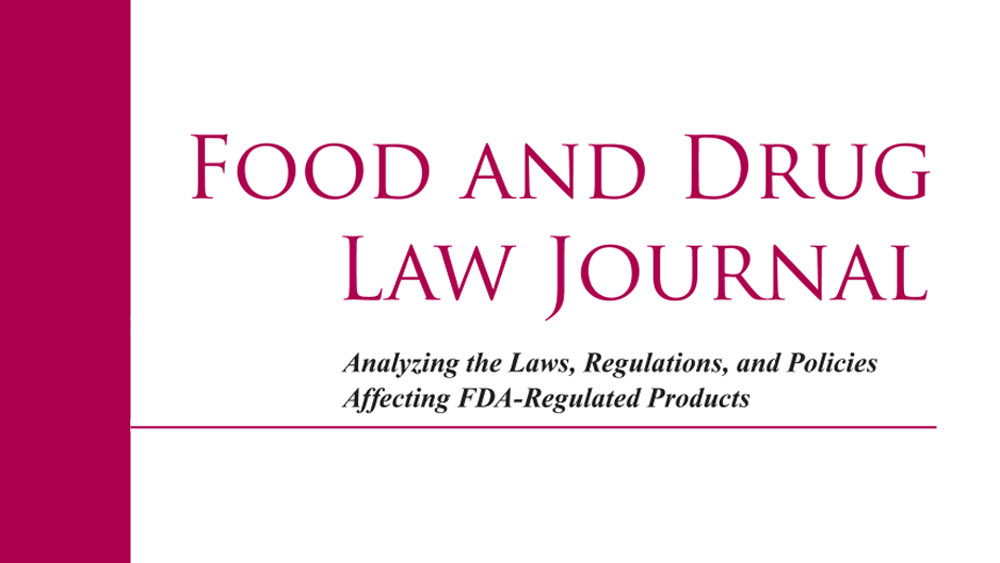
“Left To Our Own Devices, What Did We Get Wrong?” The Medical Device Amendments of 1976 as Seen from the Insider’s View
James O’Reilly
ABSTRACT
In this article of historical commentary, veteran scholar Prof. James O’Reilly brings the reader back four decades into the turbulent climate which gave rise to the 1976 Medical Device Amendments. He and the other creators of the final text began their negotiations in 1975 with the conceptual framework which regulators and congressional staff had outlined, but they resisted any effort to follow the costs and complexities of the New Drug Application process. “Substantial equivalence” was a core gatekeeping step that was intended to be a temporary bridge for the comparison of newer devices with prior existing “predicate” devices. But a combination of urgent factors led to FDA staff’s broadening of the norm of equivalence, into a mini-approval process that was new (“de novo”) rather than predicated on existing devices. Other 1976 Act provisions, such as section 518 which failed in the tampon crisis of 1980, were the subject of unexpected problems. The reader will find a first-hand account of the very early roots underlying medical device law’s several later statutory corrections.
Food and Drug Law Journal
Volume 74, Number 1

